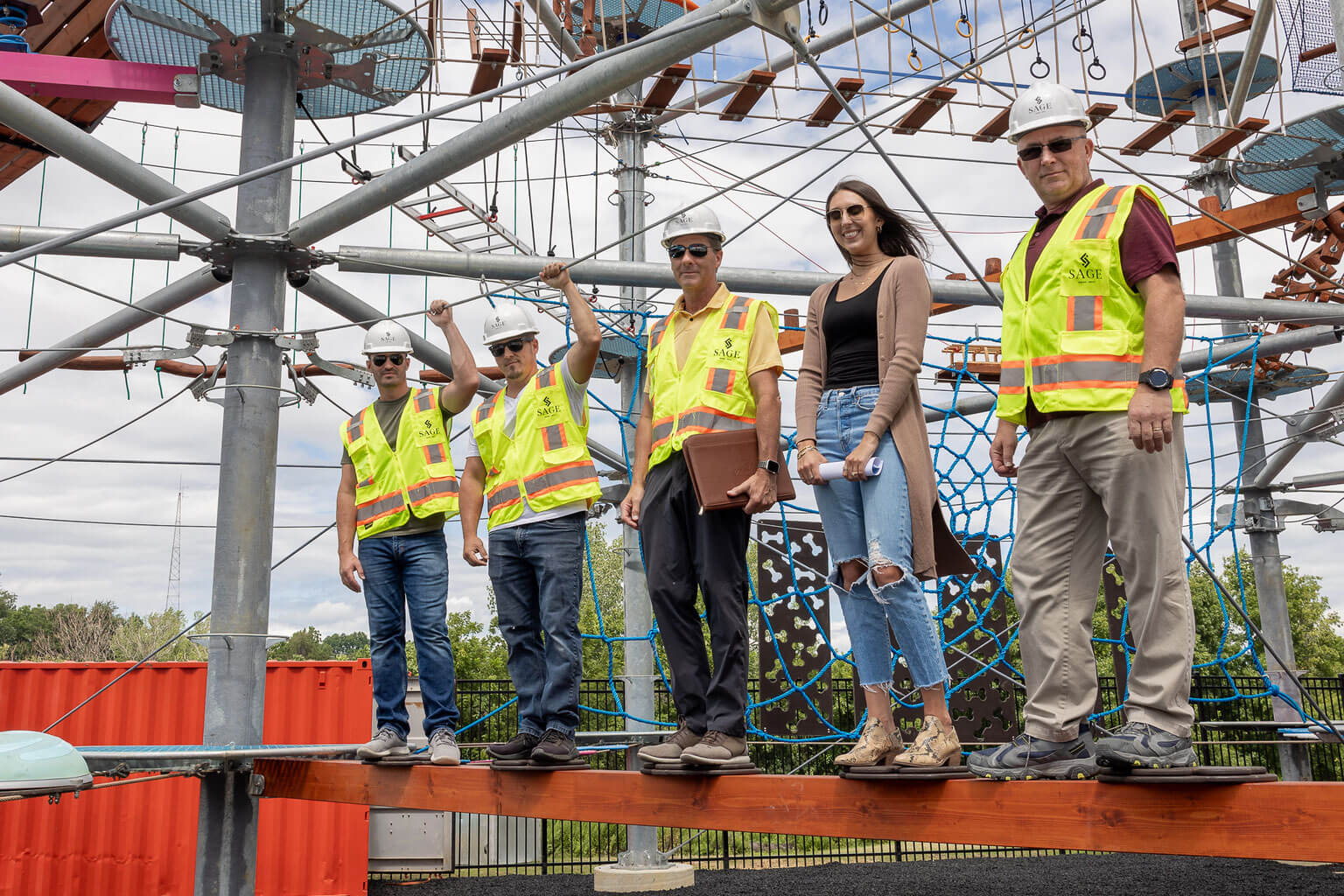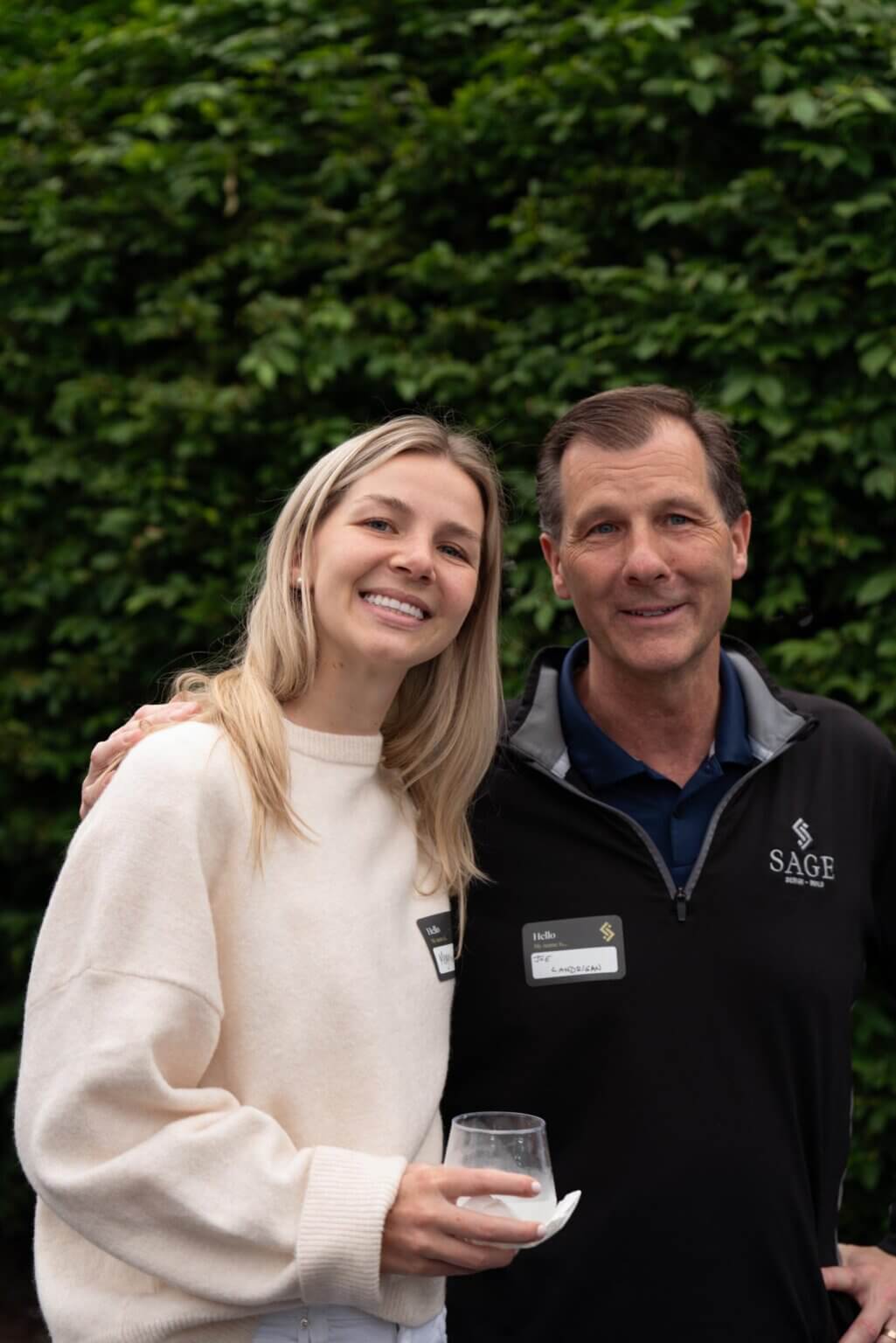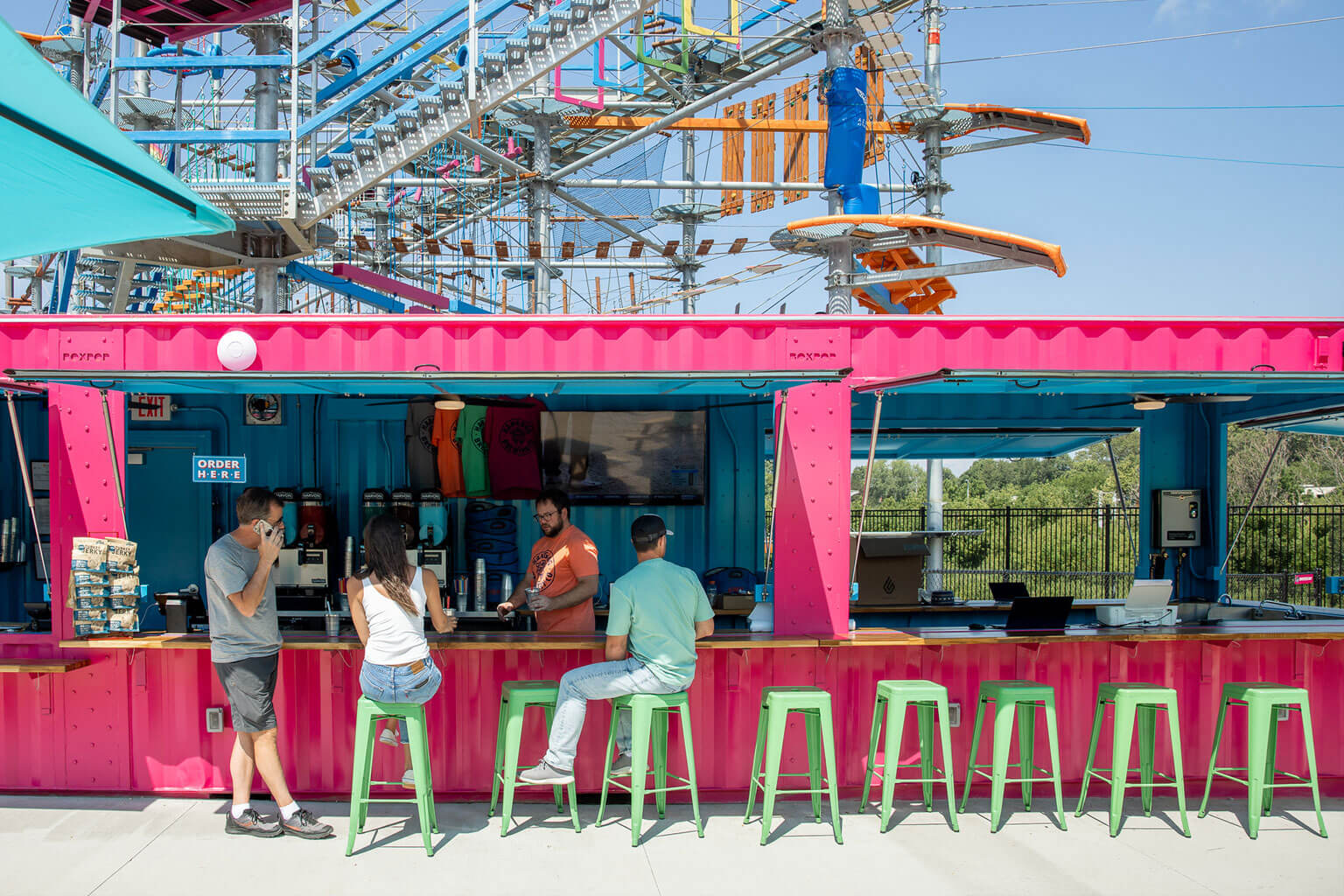The Visonary: SAGE Design’s Joe Landrigan Is More Than Just a ‘Cool Office’ Guy
View All News
12/20/19
For a deeper look at our passion for adaptive reuse and visionary design, we invite you to read this interview with our founder and president, Joe Landrigan. His commitment to blending classic architectural details with modern, sustainable practices is at the heart of SAGE’s mission. Below is the full article from Lehigh Valley Business, highlighting Joe’s background, approach, and innovative perspective on design-build projects.
Original Article: Lehigh Valley Business
Stacy Wescoe / December 20, 2019
As president of Sage Design-Build Inc. of Upper Macungie Township, a firm he founded in 2009, Joe Landrigan has had his hand in the construction and renovation of many prominent properties in the Lehigh Valley, including most recently, his work to design and renovate the Swain School in Salisbury Township.
While the firm handles the design and construction work of all kinds of properties, Landrigan’s heart is in the adaptive reuse of old and historic buildings, and his love for the work shows.
SAGE’s work has been recognized not once, but twice in Lehigh Valley Business’ annual Coolest Offices in the Lehigh Valley feature. In 2017 the work he did converting an old church into offices for Werner & Co. in Wescoville was featured, and in 2019 he was tapped again for the work he did just down the road, renovating the former Joanne Kostecky Garden Design building, located in an historic Victorian home, into offices for Andesa Financial Management.
But above and beyond his ‘Cool’ honors, Landigran has even bigger dreams of merging the classical detailing of historic buildings with the latest in green technologies and building a better future for our past.
Here’s what he had to say:
What’s different about design-build firms from others in the architecture or construction industry?
One of the things that is different is that you get to work on both sides of the industry. By better understanding the thought process of what goes on in each side it allows us to work in a more collaborative manner.
What led you to the field?
When I was in high school I really enjoyed building and I was good at math and OK at drawing. A guidance counselor said ‘you’d t into either an architectural or engineering career.’ So, I went to Penn State and majored in architectural engineering…and I really loved it. I came out working as a project manager and transitioned into the design side. I really loved both sides. I think if I was doing just one it wouldn’t be as fulfilling as designing it and seeing it through to completion.
When starting a design project, what are some of the things you take into consideration?
I always start by talking to a client and starting with really basic questions. It’s more about asking questions to better understand their business. If I understand their business I can perhaps better shape the space they need. Then I ask about the aesthetics, about what they like and then we talk about the budget and we talk about a time frame and putting it all together.
What kind of project do you like to work on the most?
I like to do major renovation and adaptive-reuse projects. I really love the history of old buildings. Every one is different, and as you’re digging into it you nd out why things were built that way…and adapt that into the new technology you’re installing. It’s so much more complex than just a new building.
What are some of the projects you’ve been most proud of? Why?
It’s so hard to name just one, but I’d have to say the Werner & Co. project. It was a church built in the 1800s and it was poorly converted into church offices in the 1980s. When they [Werner & Co.] purchased the building from the church we were tasked to convert it. It was the first major renovation project for SAGE. I’m so grateful to Werner for believing in us and having the vision. There’s a lot of faith in renovation. You don’t know what is there until you open up the walls.
What would your dream project be?
A major adaptive reuse renovation project to become a Net Zero building. I’ve been dabbling in that for a while and I look forward to the time when we get something along those lines.
If you weren’t running a design-build firm, what do you think you’d be doing?
I’d probably be mentoring or teaching other people coming into the profession, making them aware of the different paths in the career. I’d show them things I wasn’t aware of when I was getting started.
Commercial Printer Continues To Expand With New Home
SAGE Design-Build, Inc. Begins Project for EBC Printing


